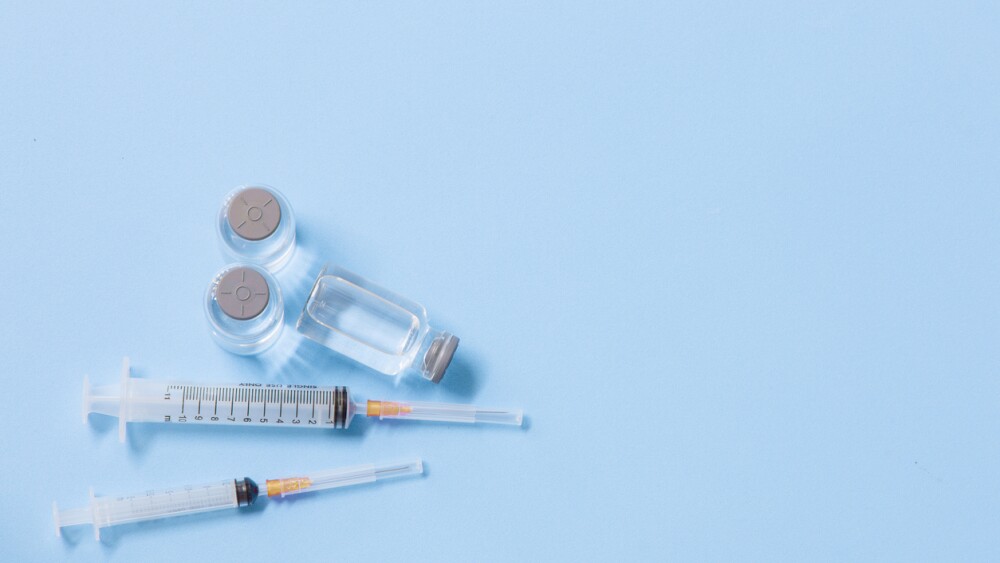The companies will design and develop targeted gene therapies for a liver-directed rare disease program and conduct additional studies for central nervous system-directed rare disease programs.
Tomohiro Ohsumi/Getty Images
Takeda and Code Biotherapeutics announced a collaboration agreement to leverage the latter’s proprietary targeted 3DNA® non-viral genetic medicine delivery platform for the design and development of gene therapies for rare diseases.
The companies will design and develop targeted gene therapies for a liver-directed rare disease program and conduct additional studies for central nervous system-directed rare disease programs.
Code Bio initially received $10 million in seed financing in April 2021 to develop therapies for debilitating genetic diseases. Takeda participated in the financing. Now, in the new agreement, Code Bio will receive millions in upfront, near-term milestone and research funding payments, with eligibility to receive future development and commercial milestone payments, plus tiered royalties. This is a potential total deal value of $2 billion.
In exchange, Takeda will have the right to exercise options for an exclusive license for four programs and will assume responsibility for further development and commercialization after research collaboration and activities led to the selection of therapeutic candidates.
“We aim to provide functional cures to patients with rare genetic and hematologic diseases through next-generation gene therapy programs,” said Madhu Natarajan, head of the Rare Diseases Drug Discovery Unit at Takeda “Code Bio’s 3DNA platform will allow us to build upon the foundation we have established through our internal capabilities and external partnerships and will hopefully enable us to develop re-dosable and durable gene therapies that will be superior to current approaches.”
Code Bio’s 3DNA non-viral delivery platform offers unique features that enable targeted delivery of gene therapy. The technology utilizes 3DNA, a multivalent structure to which targeting molecules and nucleic acid-based therapeutics can be attached, allowing for strong binding, therapeutic potency and modularity, with high specificity of targeting.
When 3DNA binds to a target cell, it internalizes into the cell via a receptor-mediated process. It then delivers a genetic payload into the cytoplasm of the cell by utilizing the endocytosis process, which brings materials into a cell. When the technology is used to deliver gene therapy, the gene construct localizes to the cell nucleus, where the expression of the desired protein can be produced.
The synthetic DNA-based vector has demonstrated the potential to deliver genes of all sizes to multiple cell types, which would make the therapy potentially effective for a broad range of rare diseases. In animal models, 3DNA has shown efficacy in targeting multiple cell types, including brain microglia, lung endothelial cells, B cells, T cells and several organs. In dose escalation and chronic dosing studies, 3DNA has demonstrated no toxicity at the cell or tissue level and has demonstrated strong safety profiles in preclinical studies. The therapy is rapid and efficient, accumulating in cells of interest within minutes after injection.
Currently, Code Bio has two programs in its clinical pipeline that target Duchenne Muscular Dystrophy, a genetic disorder that causes progressive muscle degeneration and weakness, and Type 1 Diabetes. CureDuchenne, a global leader in research, patient care and innovation for those with the disease, made a research investment into Code Bio, citing that its therapeutic had a lot of promising aspects for patients. One of these aspects includes that it is effective for anyone with the disease, no matter what specific mutation they have. It also includes the possibility of redosing for maximal effect. The technology can be optimized to target skeletal and cardiac muscles, which are the main areas for treatment.





